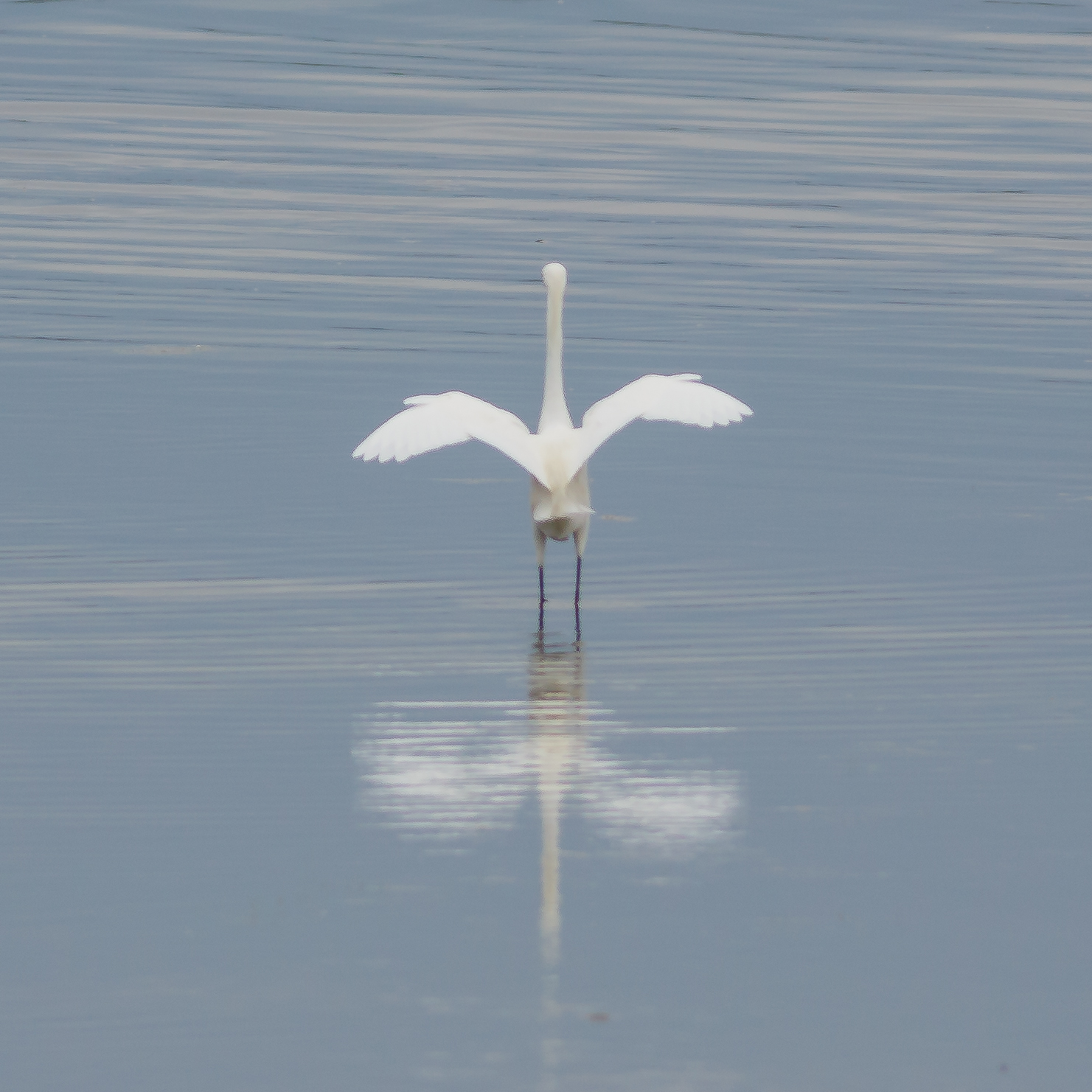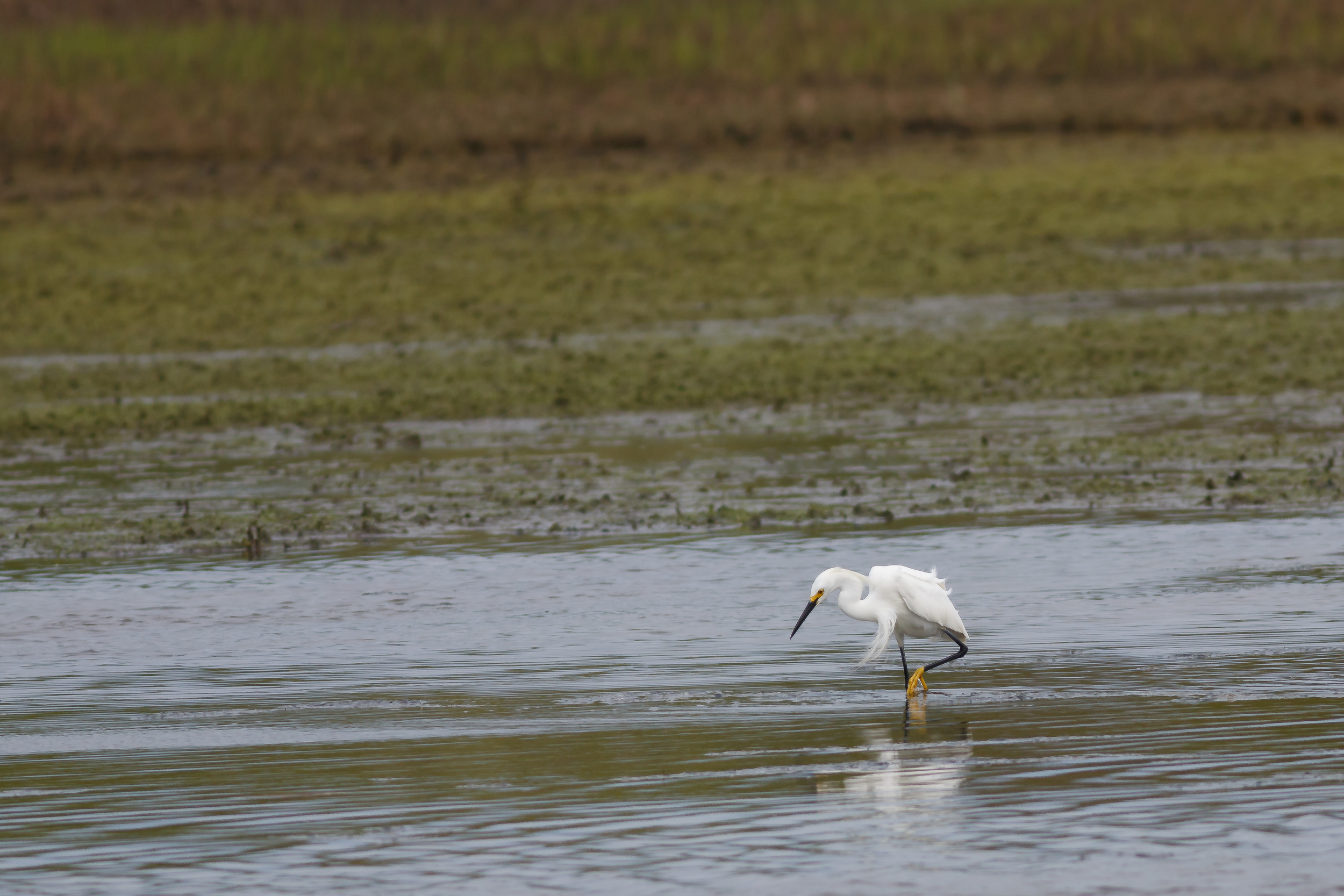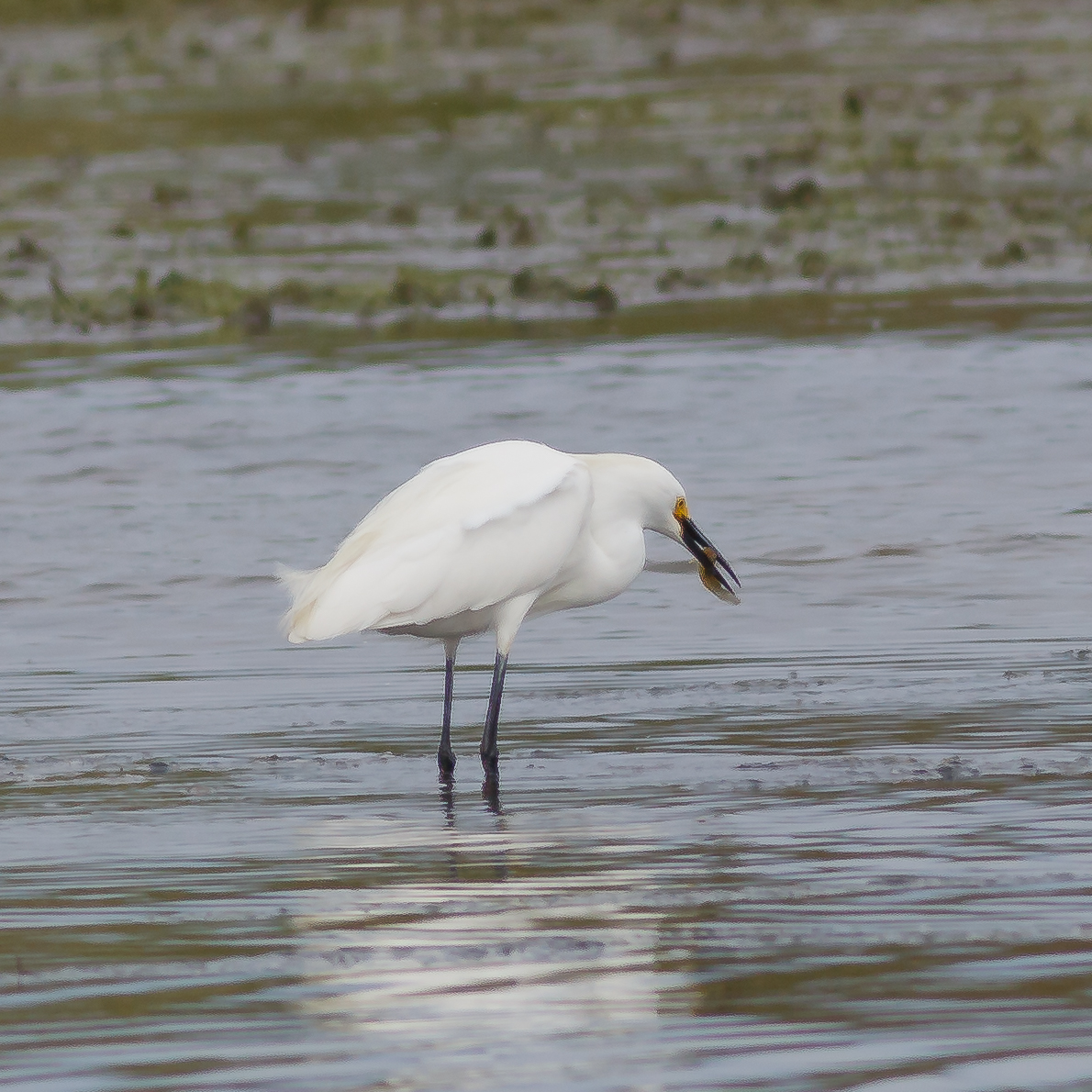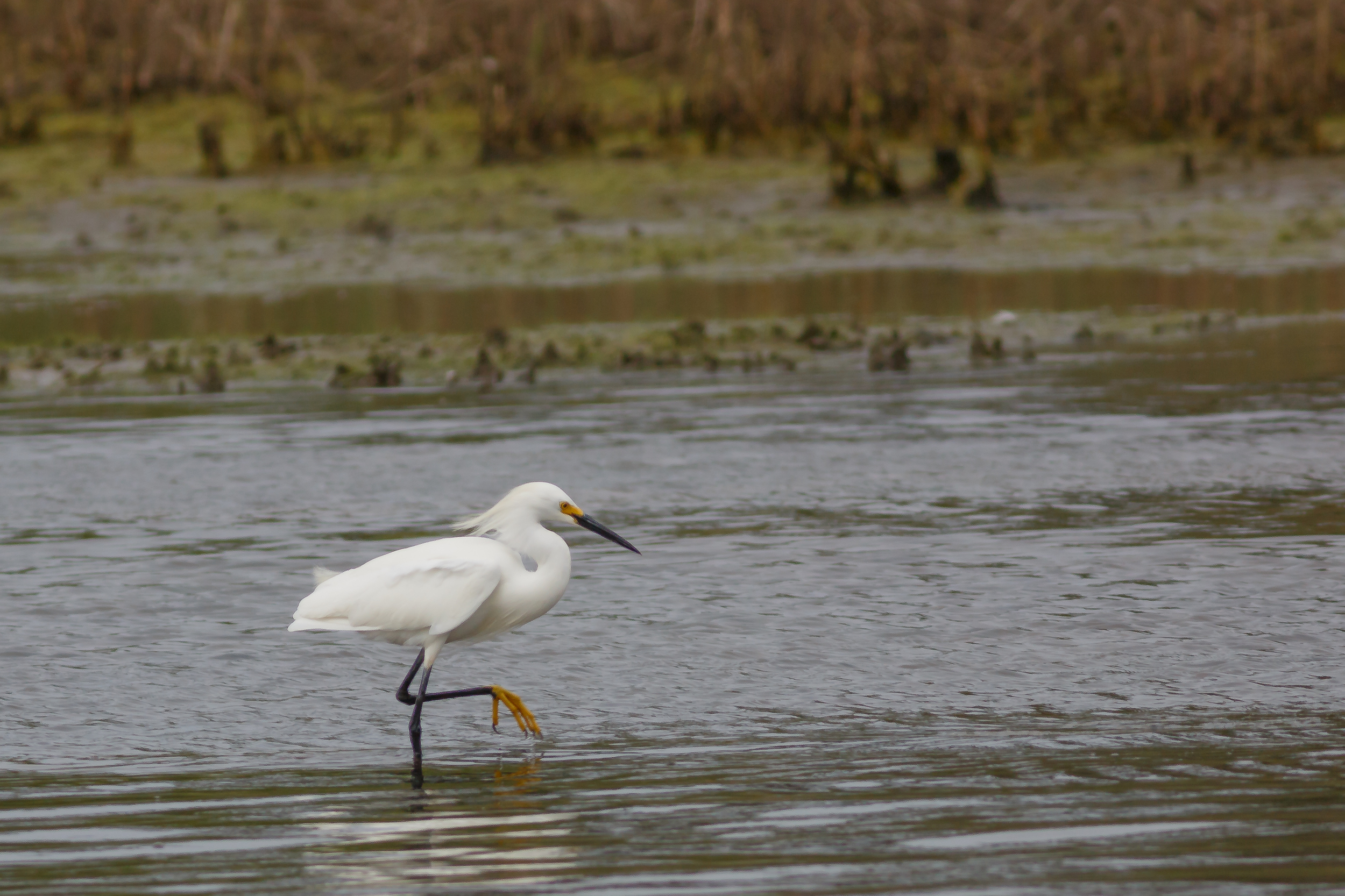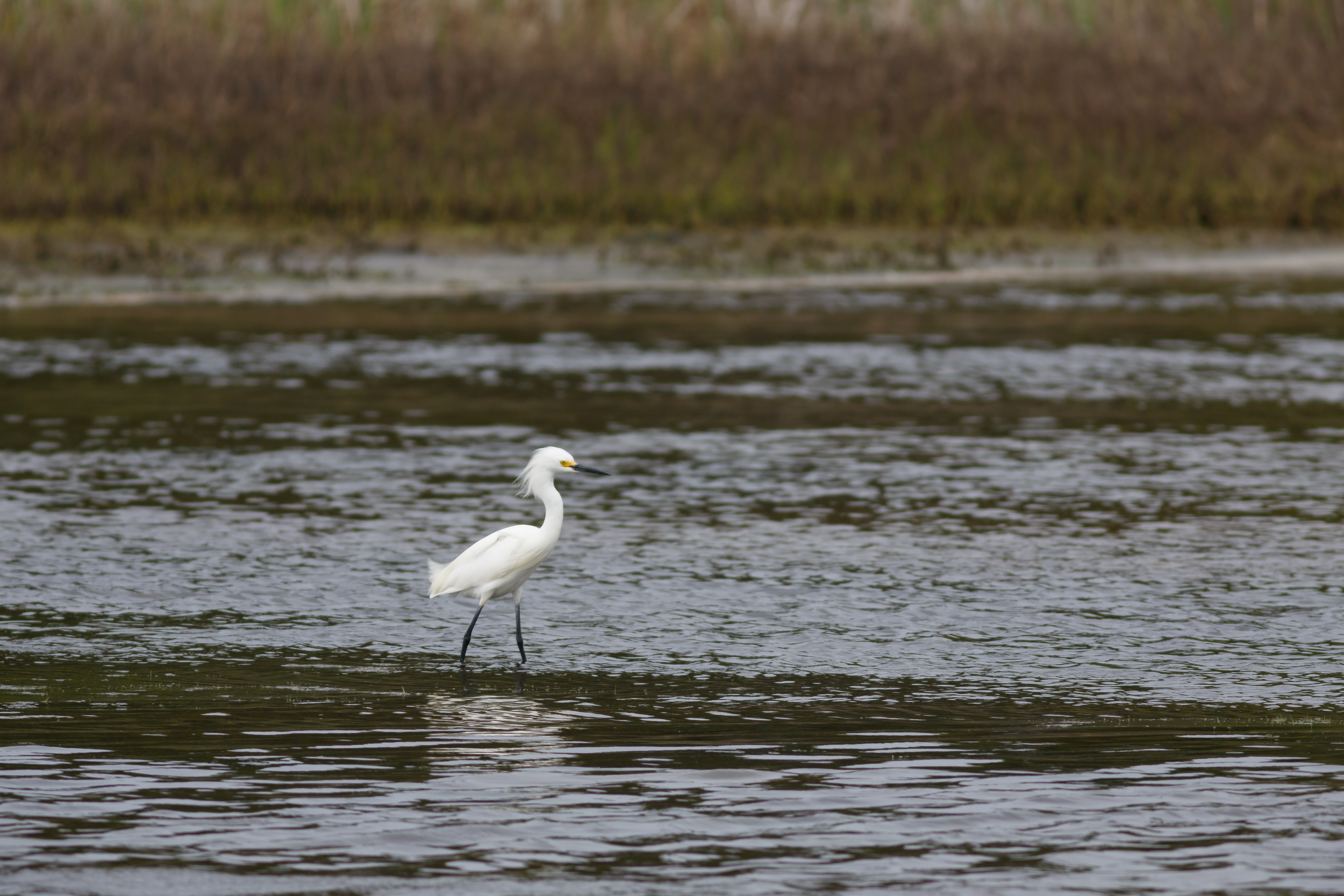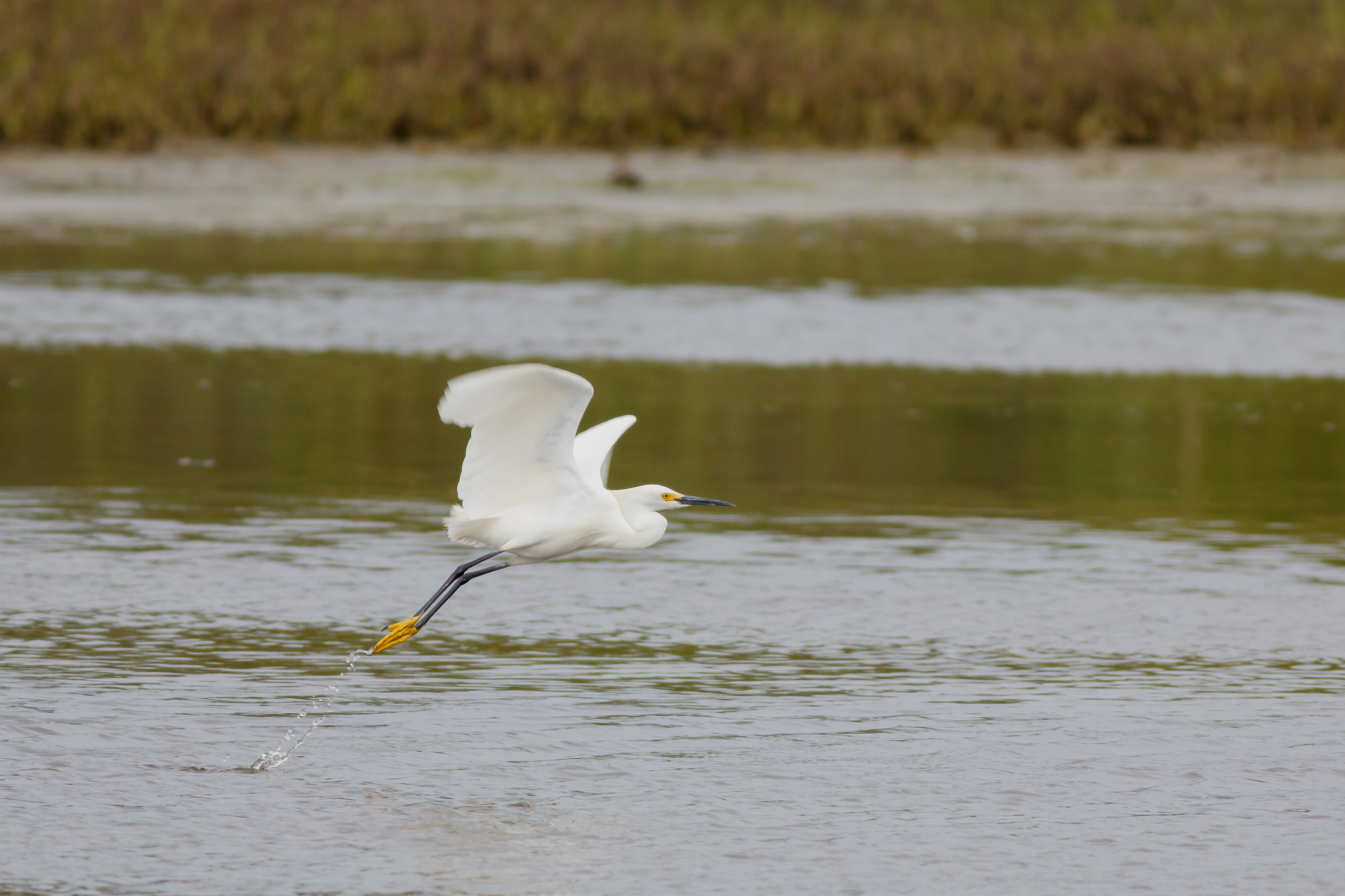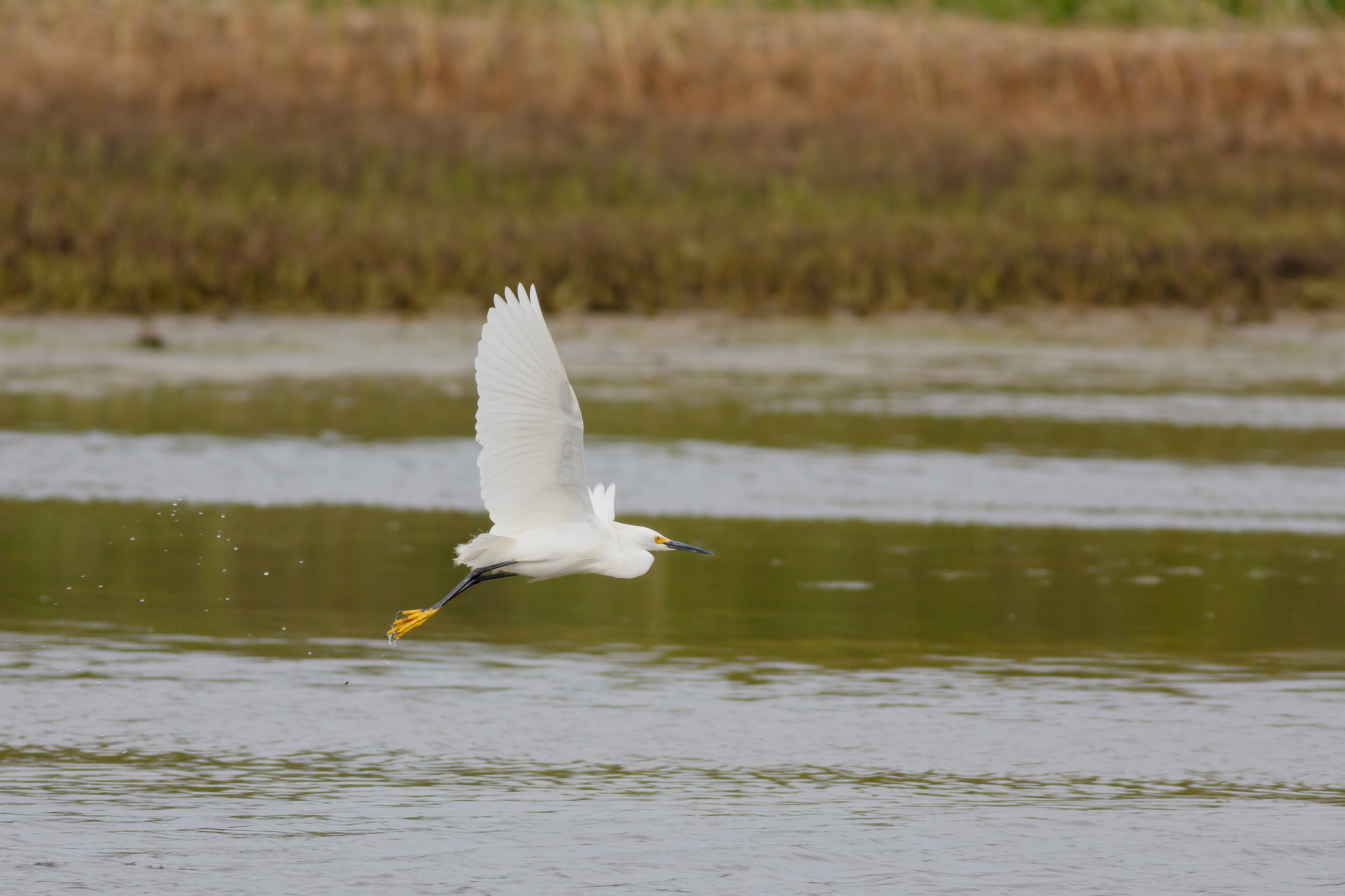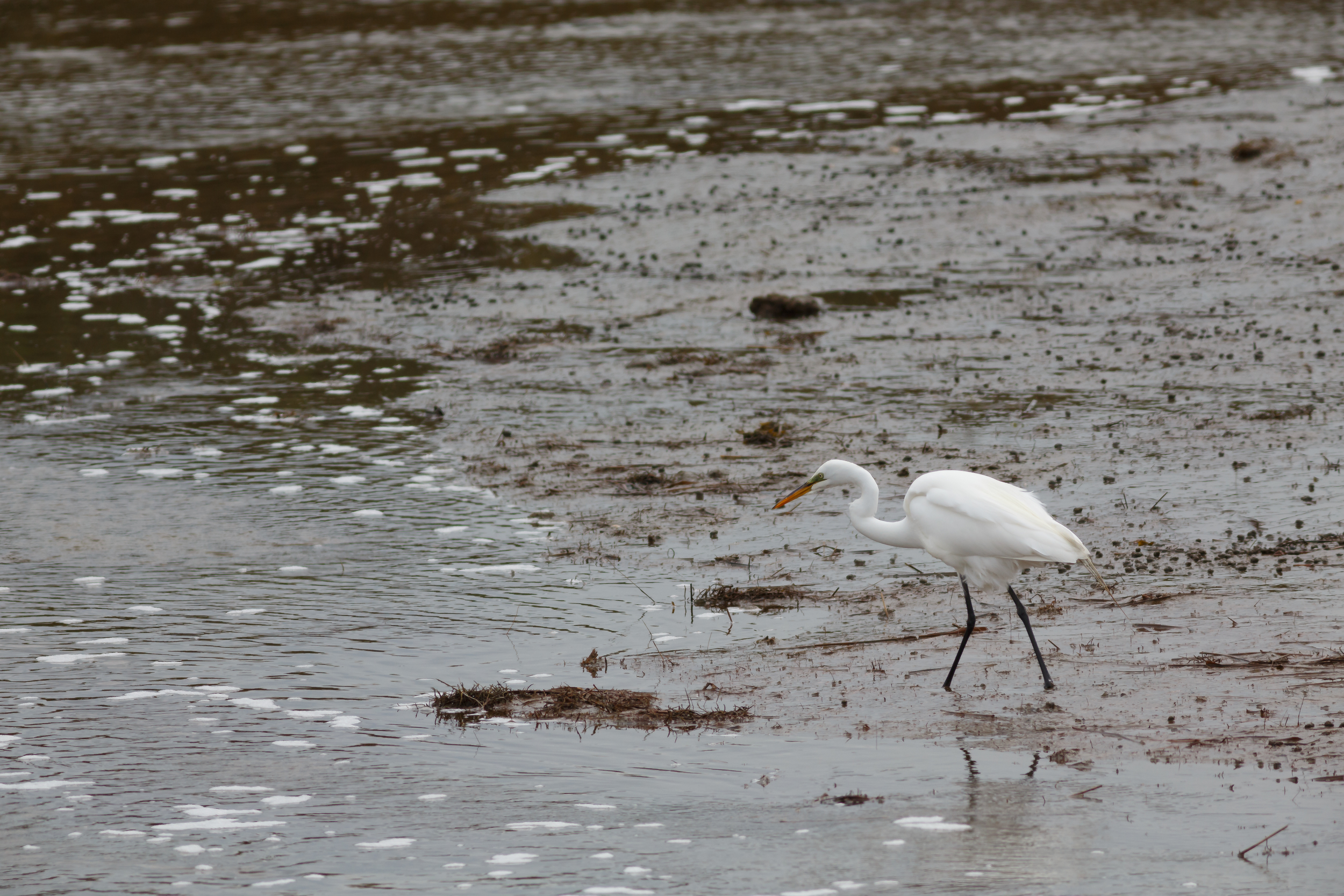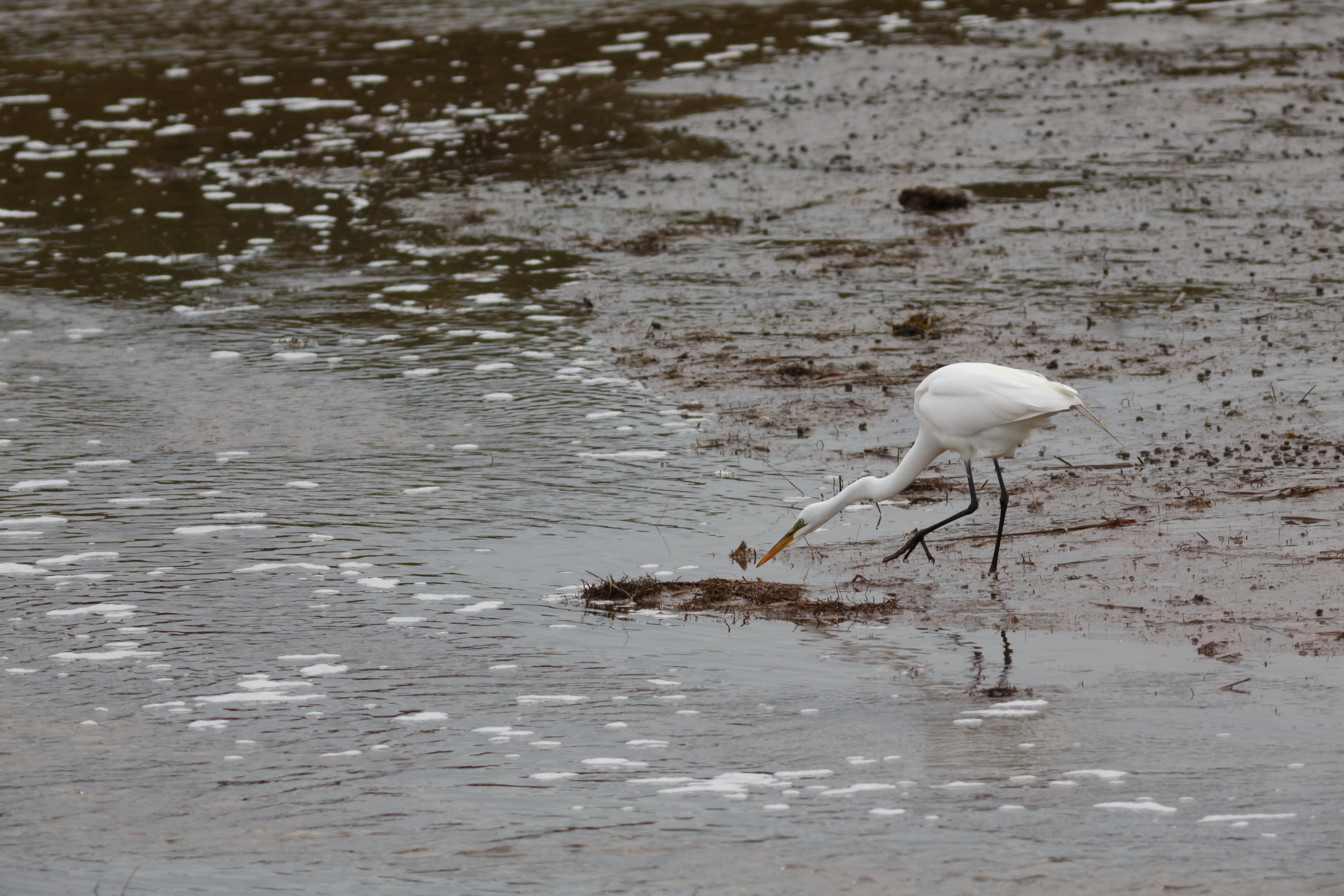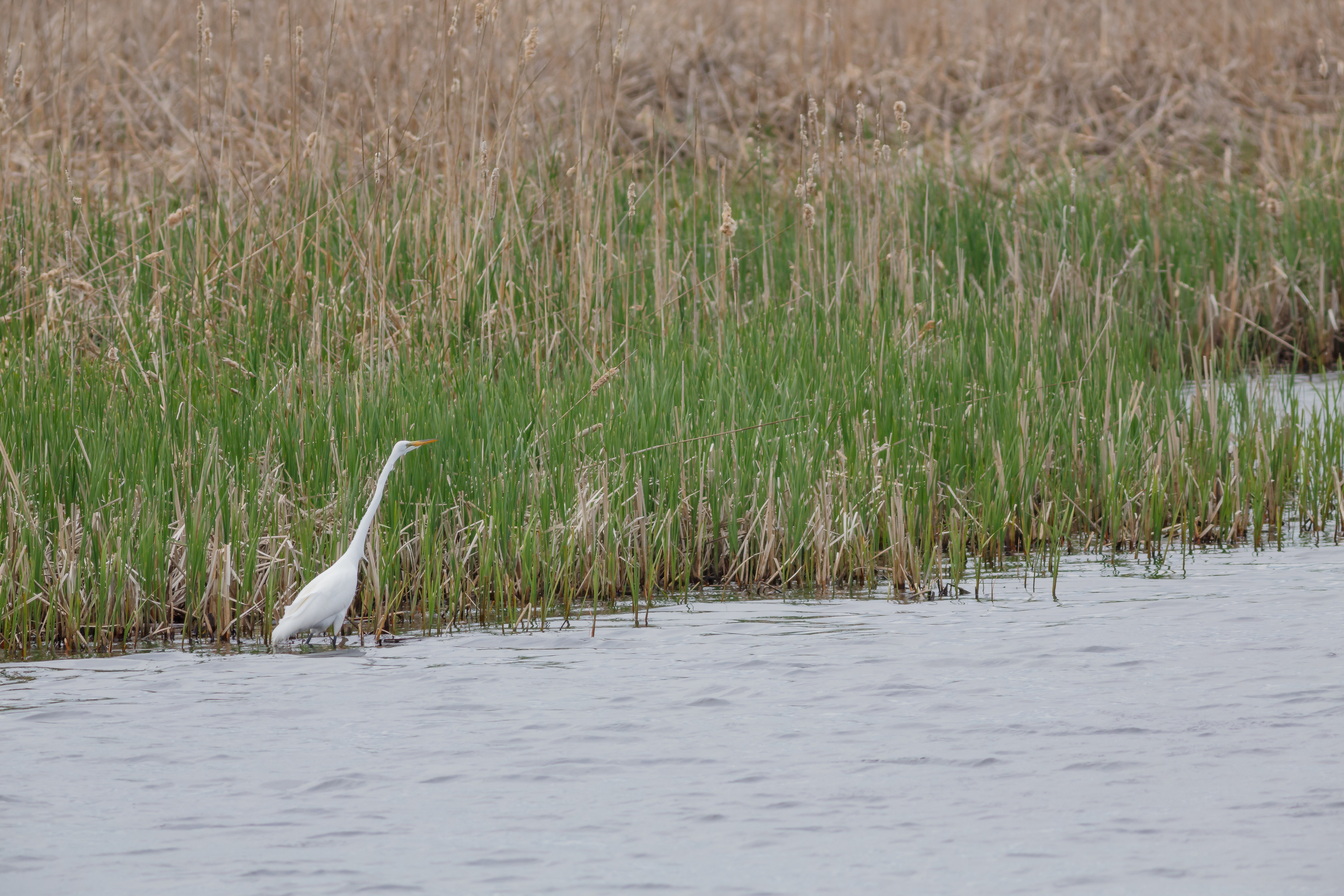
Blog
This is the blog for More Than A Snapshot's Online Photography Classes. In these blog posts I will give photography tips, tutorials, and show images.
Filtering by Tag: bird photography
A Common Cuckoo Visits Rhode Island
Gary Detonnancourt
Wildlife Photography Practice Session at my Local Pond
Gary Detonnancourt
Wildlife Photography Practice Session at my Local Pond
The purpose of this wildlife photo session was to practice getting down low at the bird's eye level. One thing I learned is I needed to put my 5D on the camera bag because when it was really low I had a hard time seeing through the viewfinder. I didn't have as much of a problem with the M50 because it has a tilt screen. Equipment used:
Cameras:
Canon 5D MIV
https://amzn.to/33JATtK
Canon M50
https://amzn.to/2XG4v7y
Lenses
Canon 500 mm f/4
https://amzn.to/3fHMJXU
Canon 1.4x Teleconverter III
https://amzn.to/3abc2jH
Canon 400 mm f/5.6
https://amzn.to/3ioNgQ1
Music by Bensound and NCS.
6 Composition Tips for Bird Photography
Gary Detonnancourt
Composition Tips for Bird Photography
Details really do matter. I find that people that specialize in something tend to really focus on details and that's what often separates them from the rest of the crowd. I'm a bass fishermen, and I've seen two people in the same boat using the same bait and one person is catching fish and the other isn't, something as simple as changing the size of the bait, can mean the difference between catching a fish or going home hungry. The same holds true for photography, in this case, Michael specializes in bird photography and has learned through experience which small details can really improve his images of birds.
1. The bird should be facing directly toward the viewer or at a profile view, not flying away from the viewer.
Black Crowned Night Heron - Image by Gary Detonnancourt
2. Leave room for the birds movement in the image.
Osprey - Image by Gary Detonnancourt
3. It's often helpful to see the birds feet.
Heron - Image by Gary Detonnancourt
4. Leave room in your composition for the feet, even if they are under water.
Egret - Image by Gary Detonnancourt
5. Show a bird with some personality. A head tilt or other interesting guesture can really add life to an image.
Mallard - Image by Gary Detonnancourt
6. Try to capture a catch light in the birds eyes. This can be done with front light, side light, or a fill flash.
Image by Gary Detonnancourt
Post your images and comments below.
Black-crowned Night Heron
Gary Detonnancourt
Please remember to vote for a winner in this weeks photo contest.
Photo Contest
Gary Detonnancourt
Check out the new photo contest at morethanasnapshot.com
Snowy Egrets
Gary Detonnancourt
Learn more about Snowy Egrets


